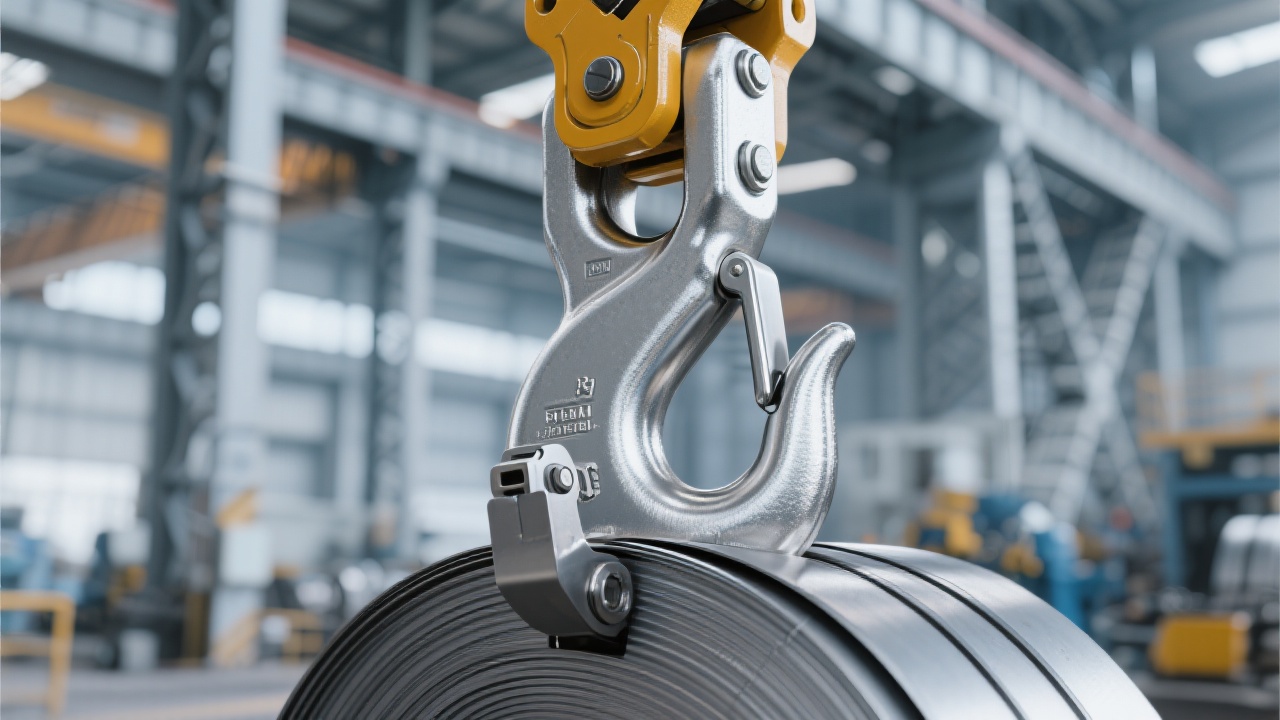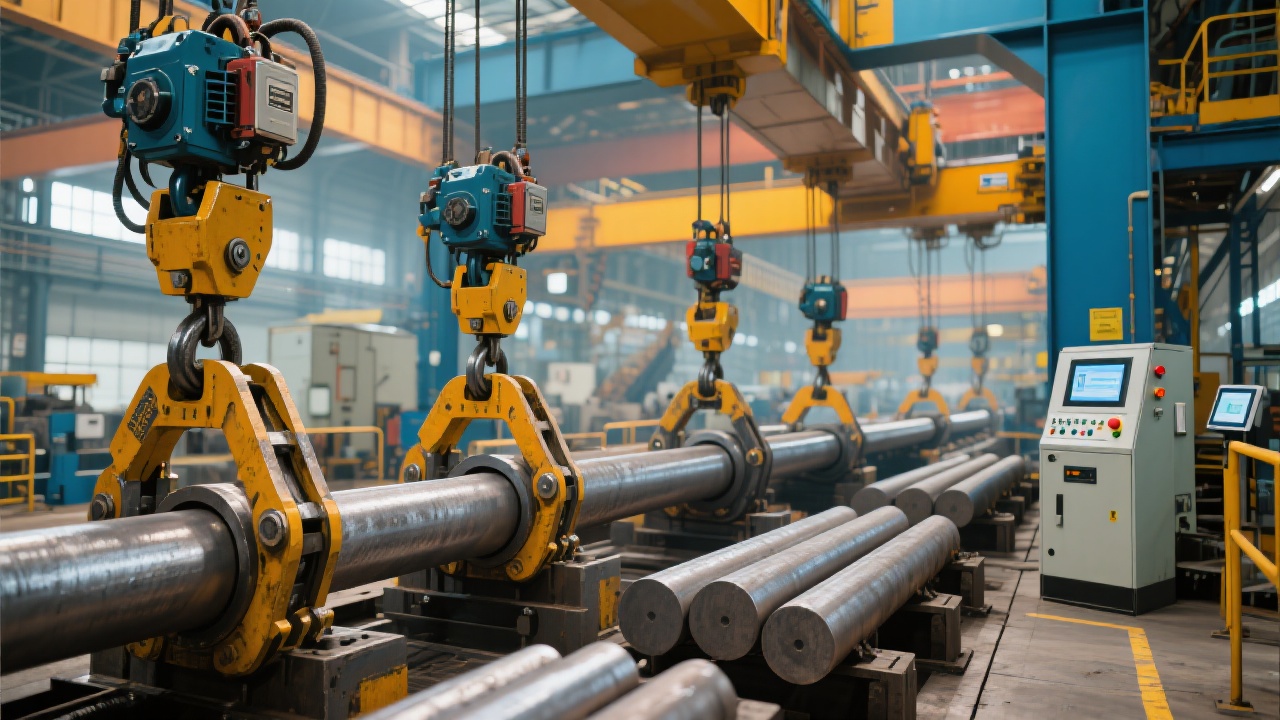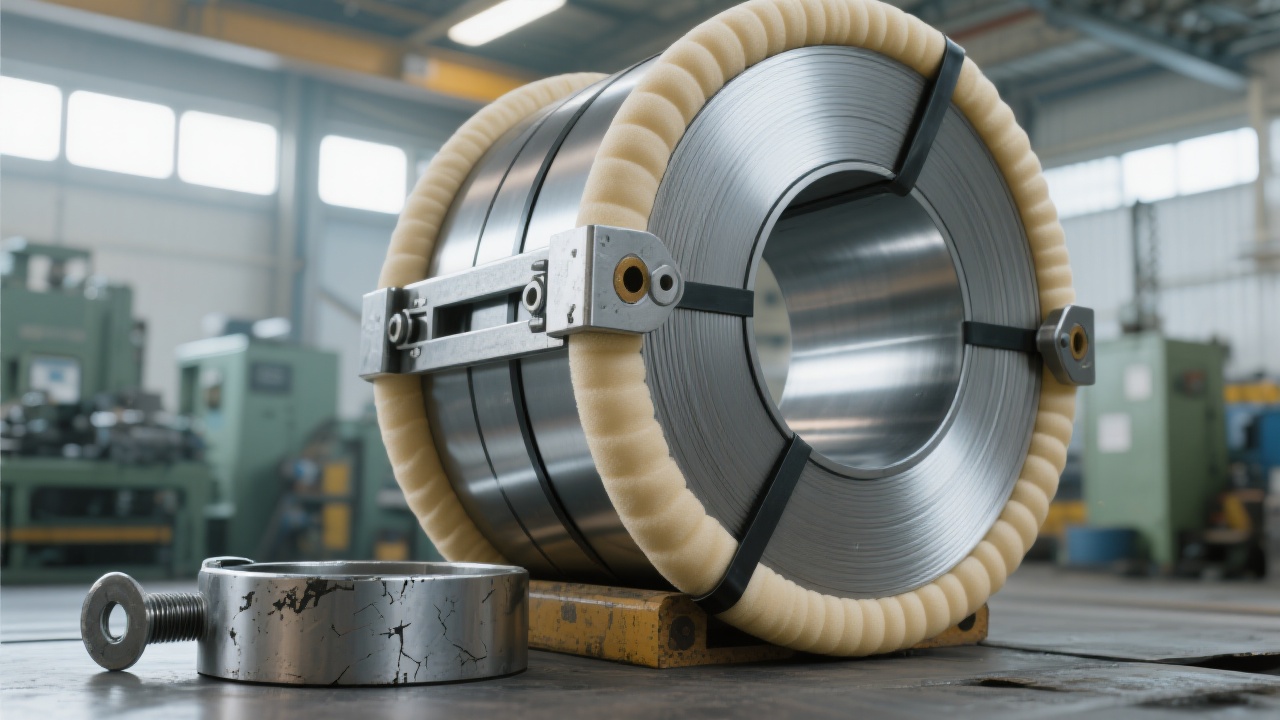
In the constantly evolving aluminum processing industry, ensuring safe and efficient handling of heavy aluminum ingots is a persistent challenge for many enterprises worldwide. After 18 years of hands-on experience across global B2B industrial markets, it’s evident that procurement specialists often encounter pitfalls related to transport safety and workflow bottlenecks during the ingot handling phase. Addressing these pain points, hydraulic aluminum ingot clamps have emerged as a crucial technology upgrade, marrying advanced high-strength materials with innovative clamping mechanisms to optimize production lines and significantly elevate operational productivity.
At the core of hydraulic aluminum ingot clamps is the use of high-grade alloy steels, such as quenched and tempered 42CrMo, offering tensile strengths upward of 1200 MPa. This ensures longevity and resistance to deformation during repetitive clamping cycles. The hydraulic system, leveraging precision-engineered cylinders with smooth pressure regulation, guarantees consistent gripping force — crucial to securing ingots that can weigh over 500 kilograms each.
The clamp’s innovative gripping mechanism employs multi-point contact pads with adjustable positioning, allowing it to conform precisely to varying ingot geometries. This adaptability reduces risks of surface damage, a common issue that leads to subsequent defective casting or welding during downstream aluminum processing.
Buyers across sectors—including automotive components manufacturing, aerospace parts production, and heavy machinery—have reported substantial benefits from integrating hydraulic aluminum ingot clamps. For example, a leading German automotive supplier reduced aluminum ingot handling times by 25%, achieving a 12% increase in overall production throughput. At the same time, ingot surface defects decreased by over 40%, showcasing the clamp’s protective efficacy.
Another case in Southeast Asia involved an alloy casting company facing frequent ingot slippage during transport, causing delays and safety hazards. After adopting hydraulic clamps reinforced with non-slip polyurethane grip pads, incidents dropped by 70% within six months, concurrently improving workplace safety compliance scores.

Integrating hydraulic ingot clamps has proven to optimize production workflows by streamlining the loading and unloading stages. Their quick-action hydraulic release mechanisms minimize idle equipment time, enabling continuous production cycles. Furthermore, the uniform clamping force distribution decreases mechanical wear on conveyor systems, extending their service life by an estimated 15-20%.
In terms of operational safety, these clamps reduce the risk of sudden ingot drops and enhance worker ergonomics by automating clamping with minimal manual intervention. Companies leveraging this technology have documented a reduction in workplace injury rates by up to 30%—a testament to the technology’s real-world impact beyond pure productivity metrics.
| Feature | Hydraulic Aluminum Ingot Clamps | Conventional Mechanical Clamps |
|---|---|---|
| Clamping Force Control | Precise hydraulic regulation ensures consistent grip | Manual adjustment, less consistent force |
| Adaptability to Ingot Shape | Multi-point adjustable pads accommodate variability | Fixed geometry, limited flexibility |
| Operational Speed | Fast hydraulic action reduces cycle times by 20-30% | Slower mechanical adjustments prolong handling |
| Maintenance Requirements | Durable components with scheduled hydraulic checks | Frequent mechanical wear and parts replacement |
| Safety Enhancement | Automated force control reduces human error | Greater manual handling risks |

In today’s global aluminum market, where just-in-time manufacturing and lean production processes prevail, the ability to swiftly and safely move raw materials such as aluminum ingots is a strategic advantage. Hydraulic clamps facilitate compliance with strict international safety standards (e.g., ISO 12100 for machinery safety), thus smoothing export-import customs inspections and reducing potential trade delays.
Moreover, with advancements in Industry 4.0, many enterprises are integrating hydraulic clamps into automated handling systems equipped with remote monitoring sensors. This integration provides real-time feedback on clamp force and equipment status, empowering predictive maintenance and minimizing downtime—key performance indicators for competitive aluminum processors.

The hydraulic aluminum ingot clamp stands out as a transformative tool enabling aluminum processing companies to overcome common pitfalls of manual or mechanical clamping methods. Offering superior material strength, precise adjustable clamping, and seamless integration into modern automated workflows, these clamps not only protect premium aluminum assets but also unlock new levels of production efficiency and workplace safety.
If your enterprise is navigating challenges related to aluminum ingot transport and looking to upgrade your production line's reliability and efficiency, embracing hydraulic aluminum ingot clamps could be a decisive step forward. Learn from industry-leading case studies and leverage data-driven insights to tailor solutions that best fit your operational needs and competitive ambitions.

